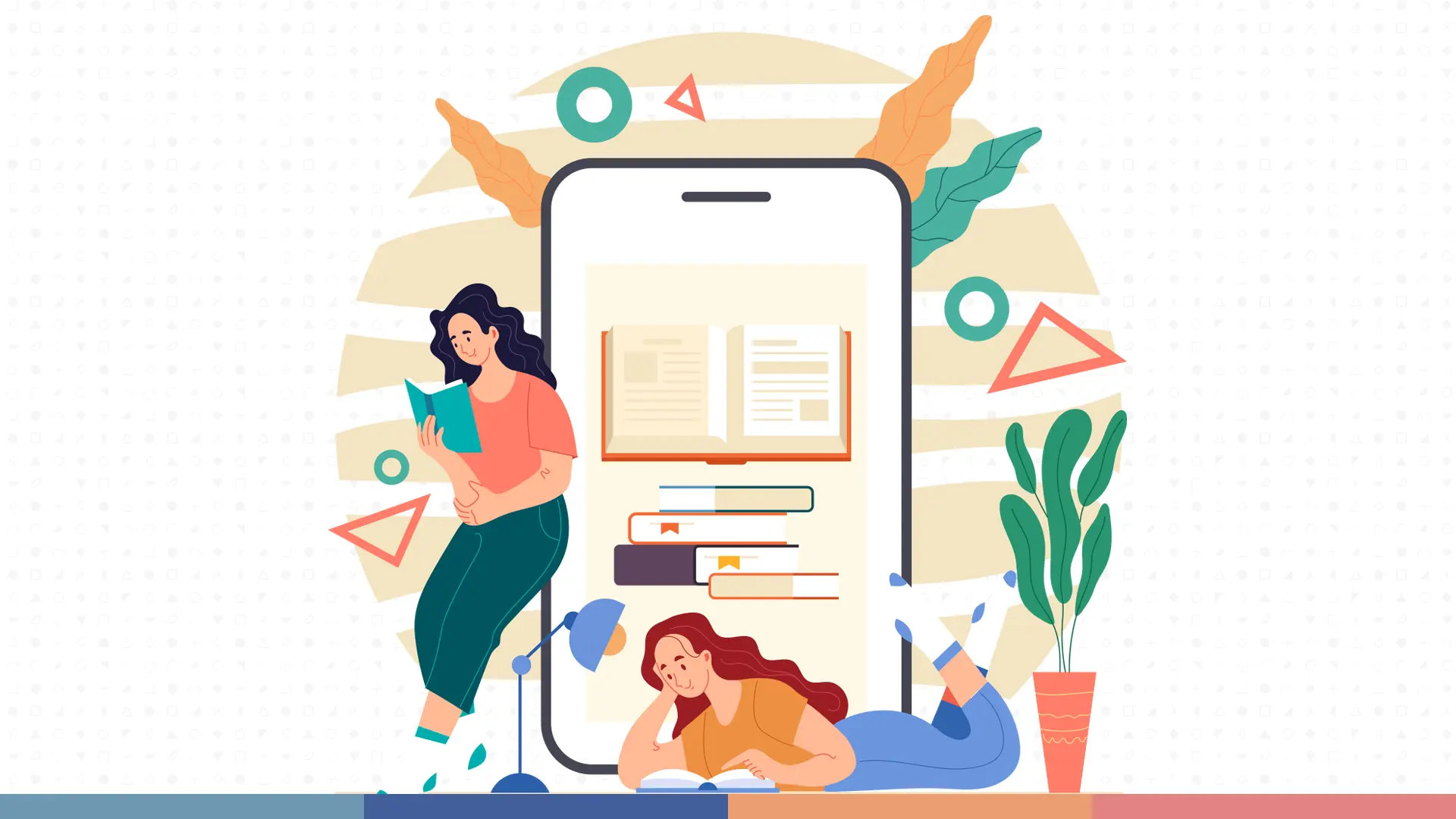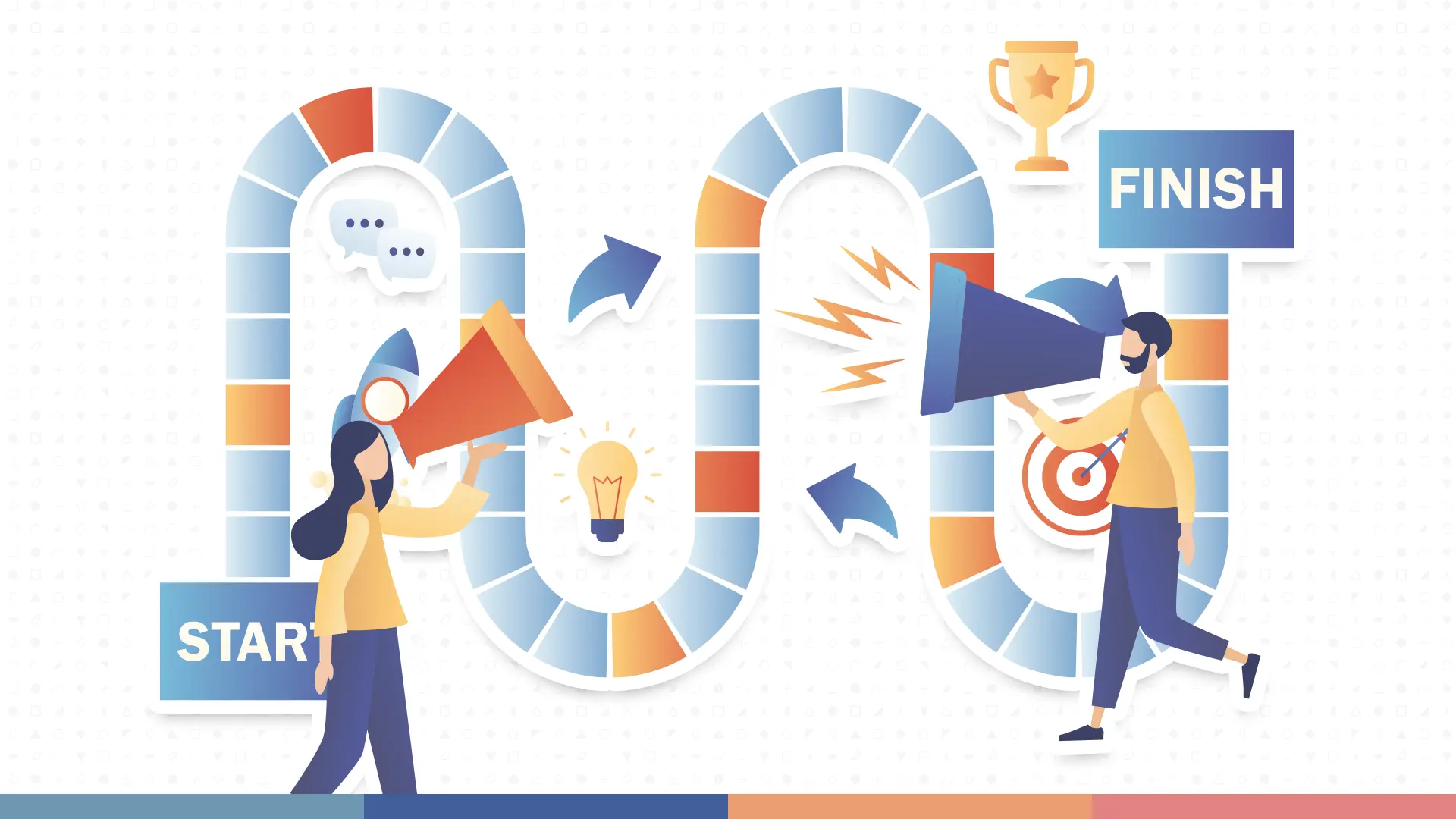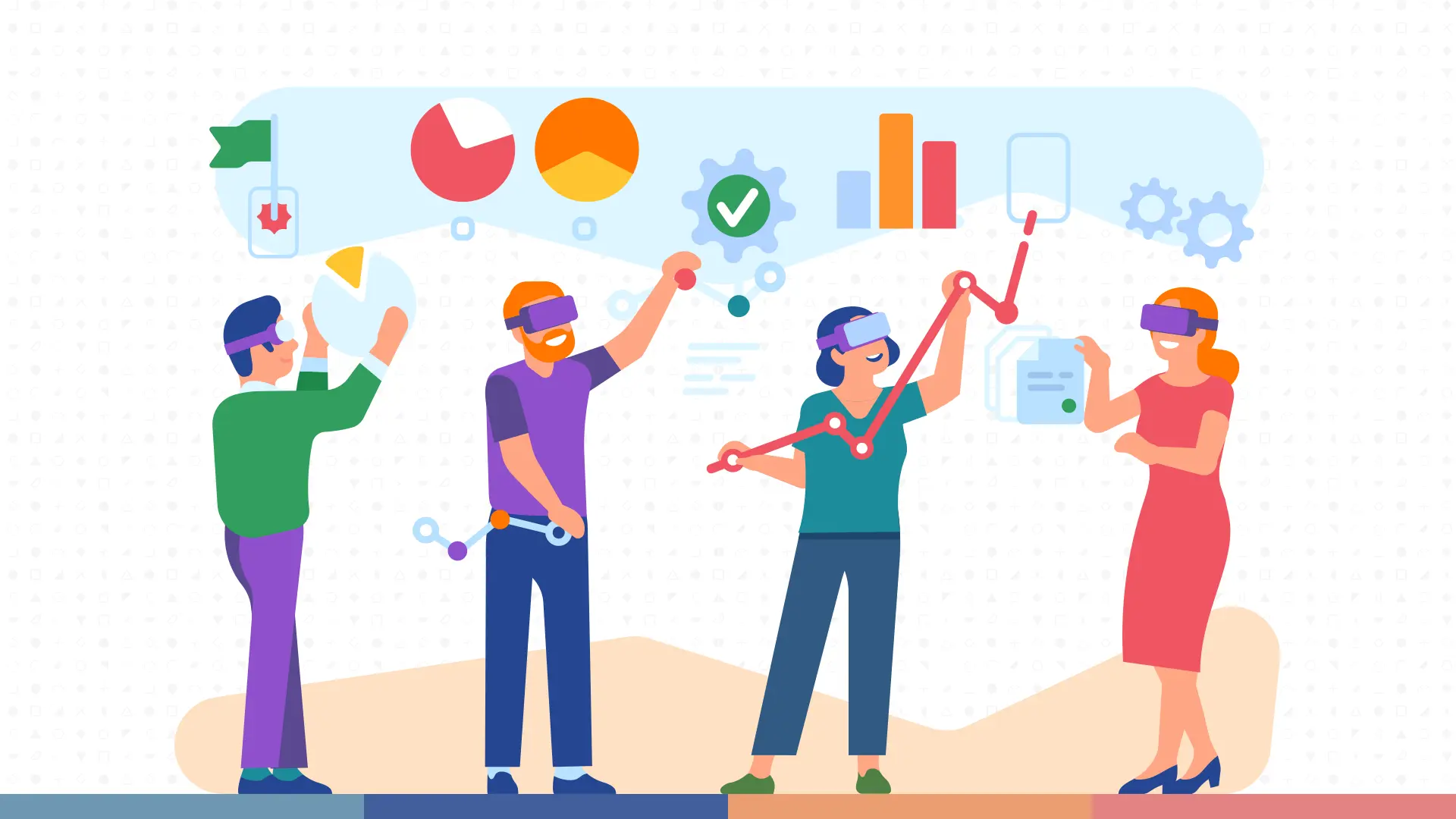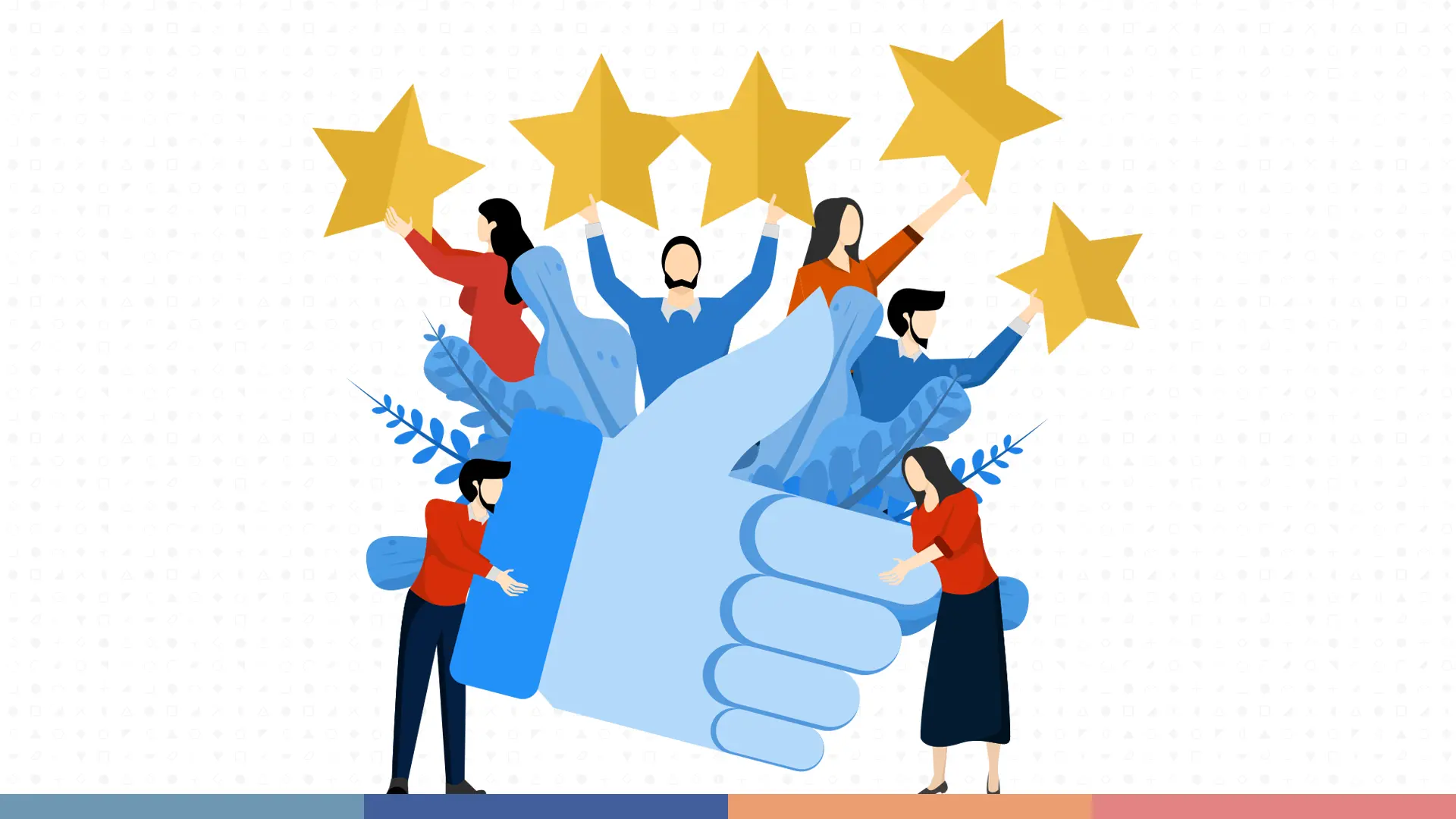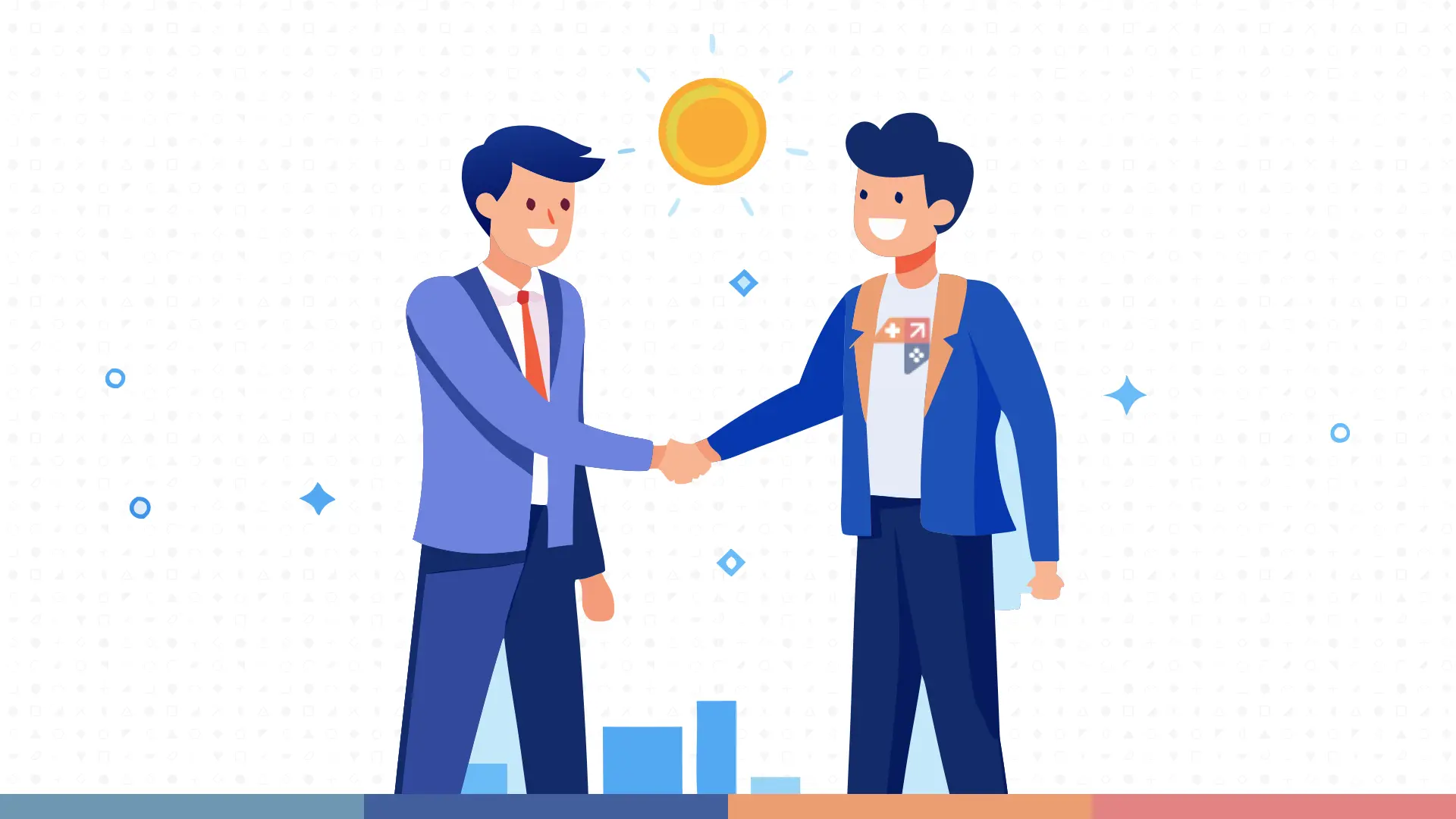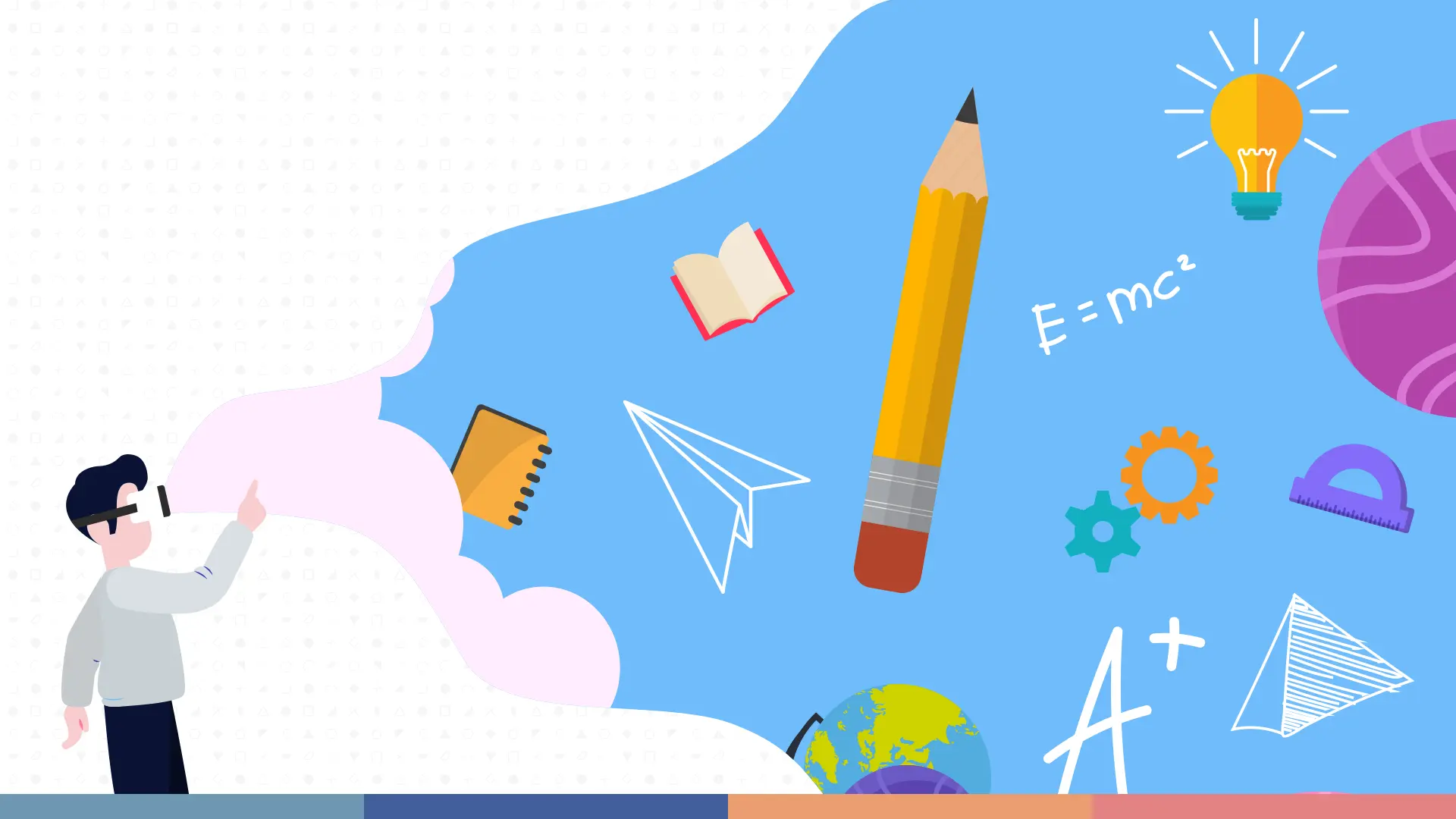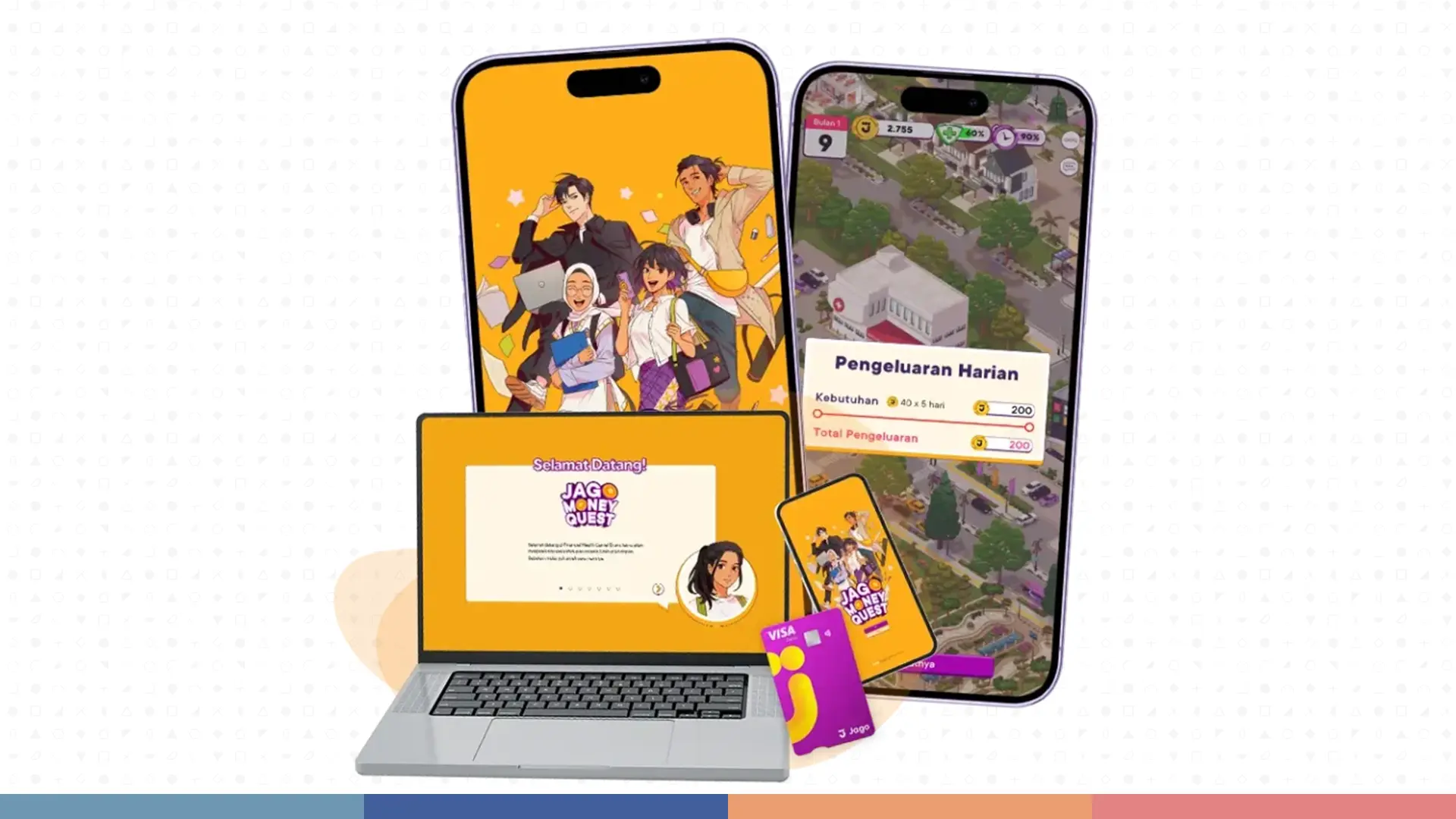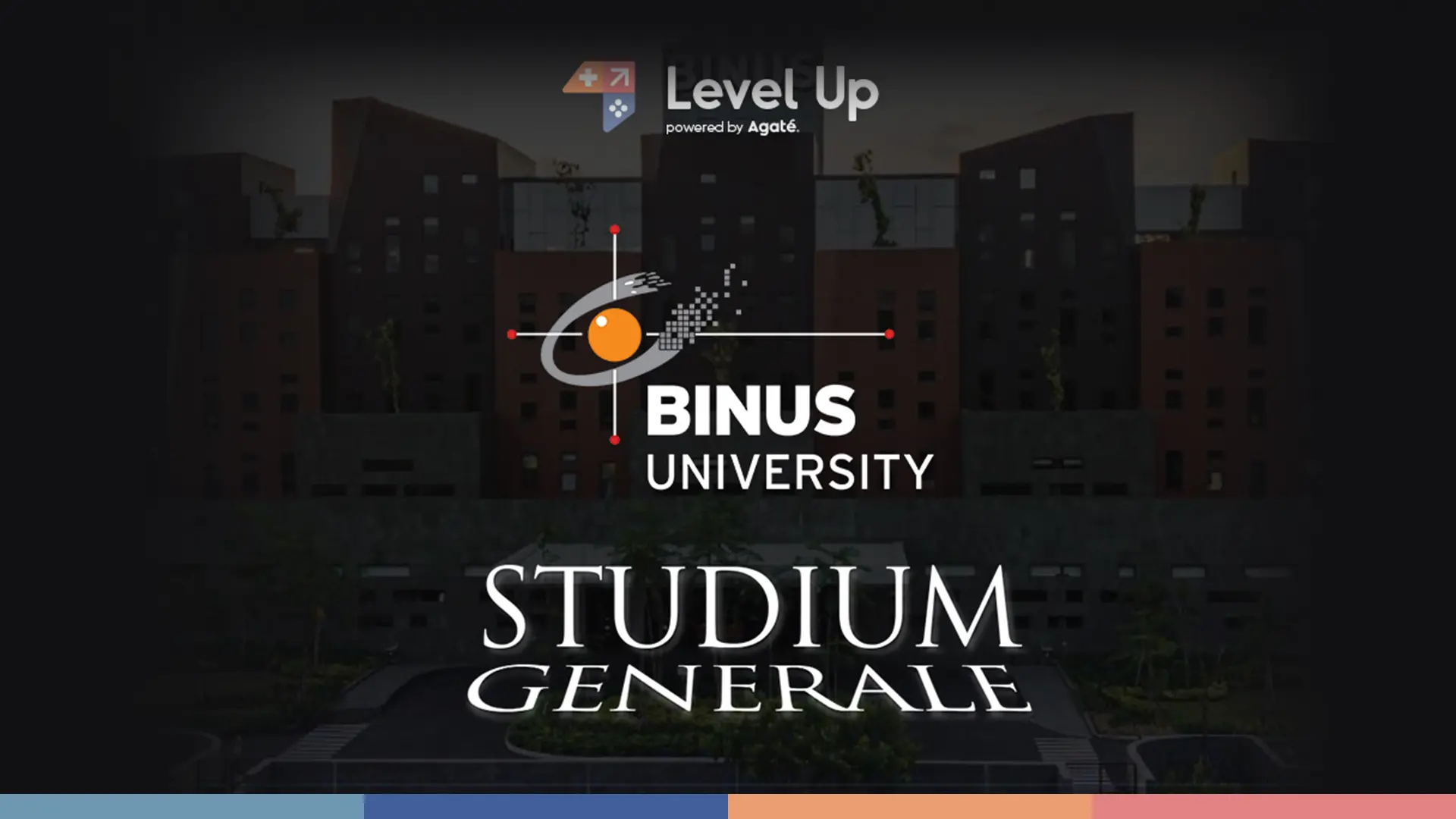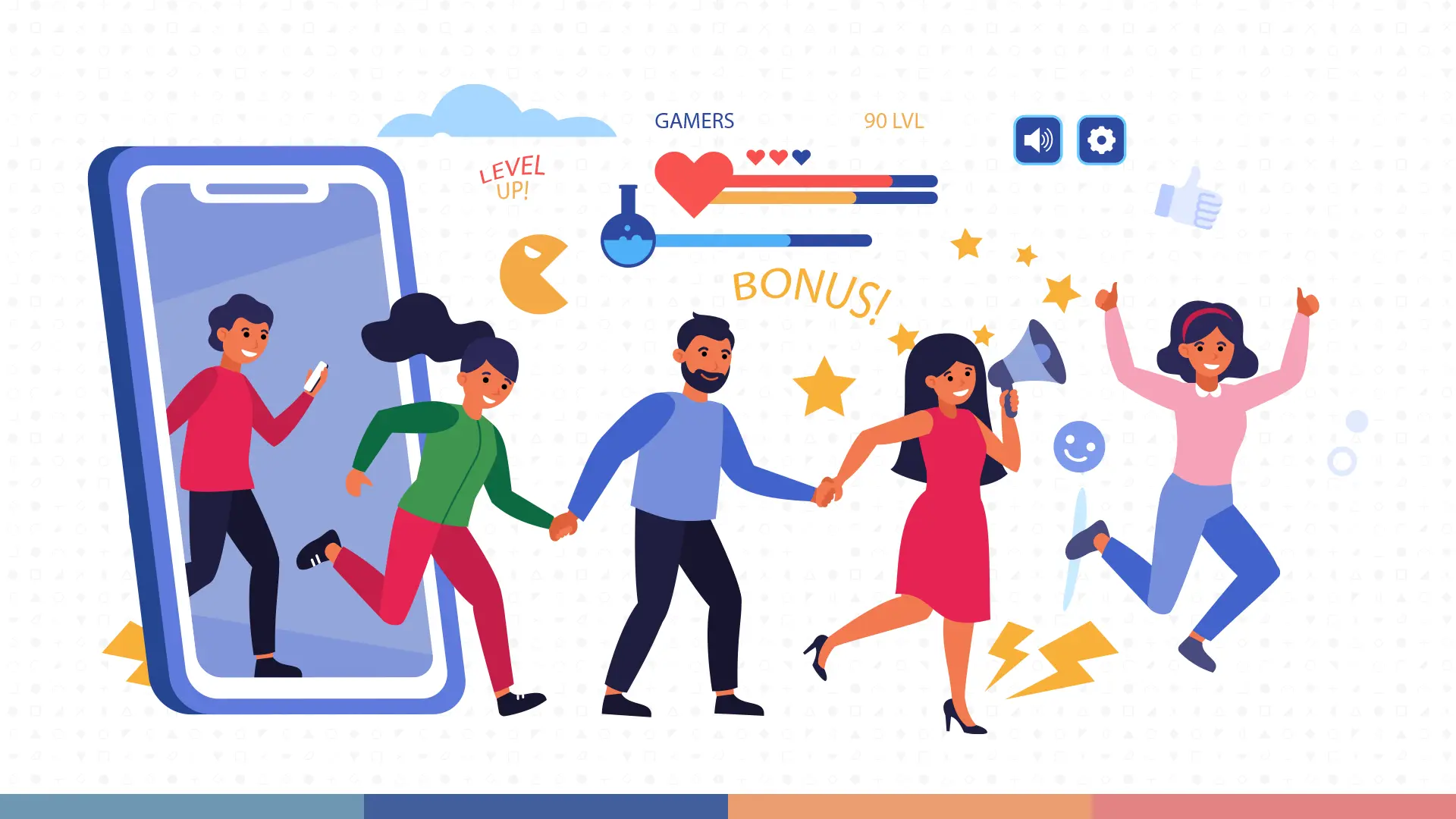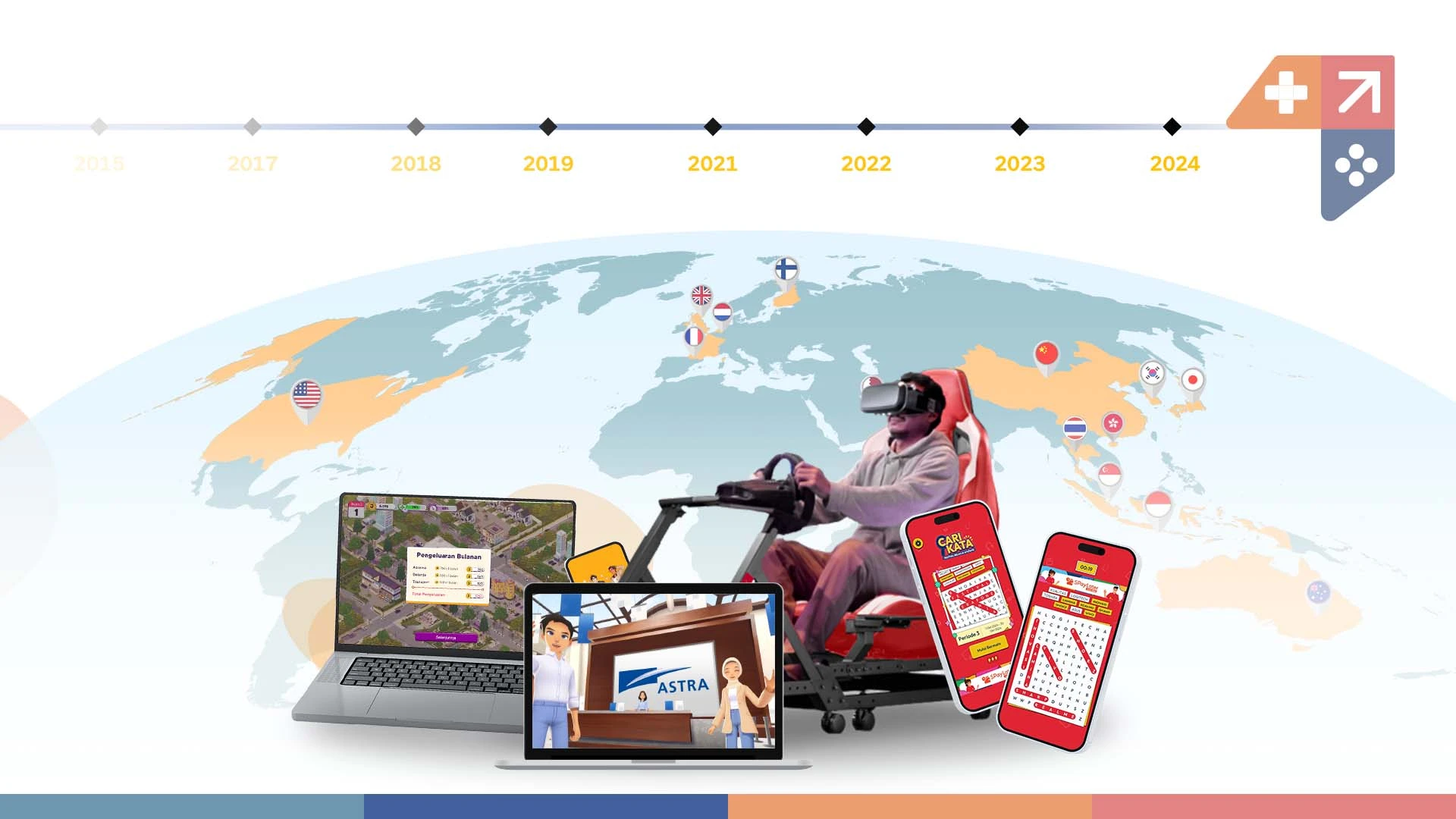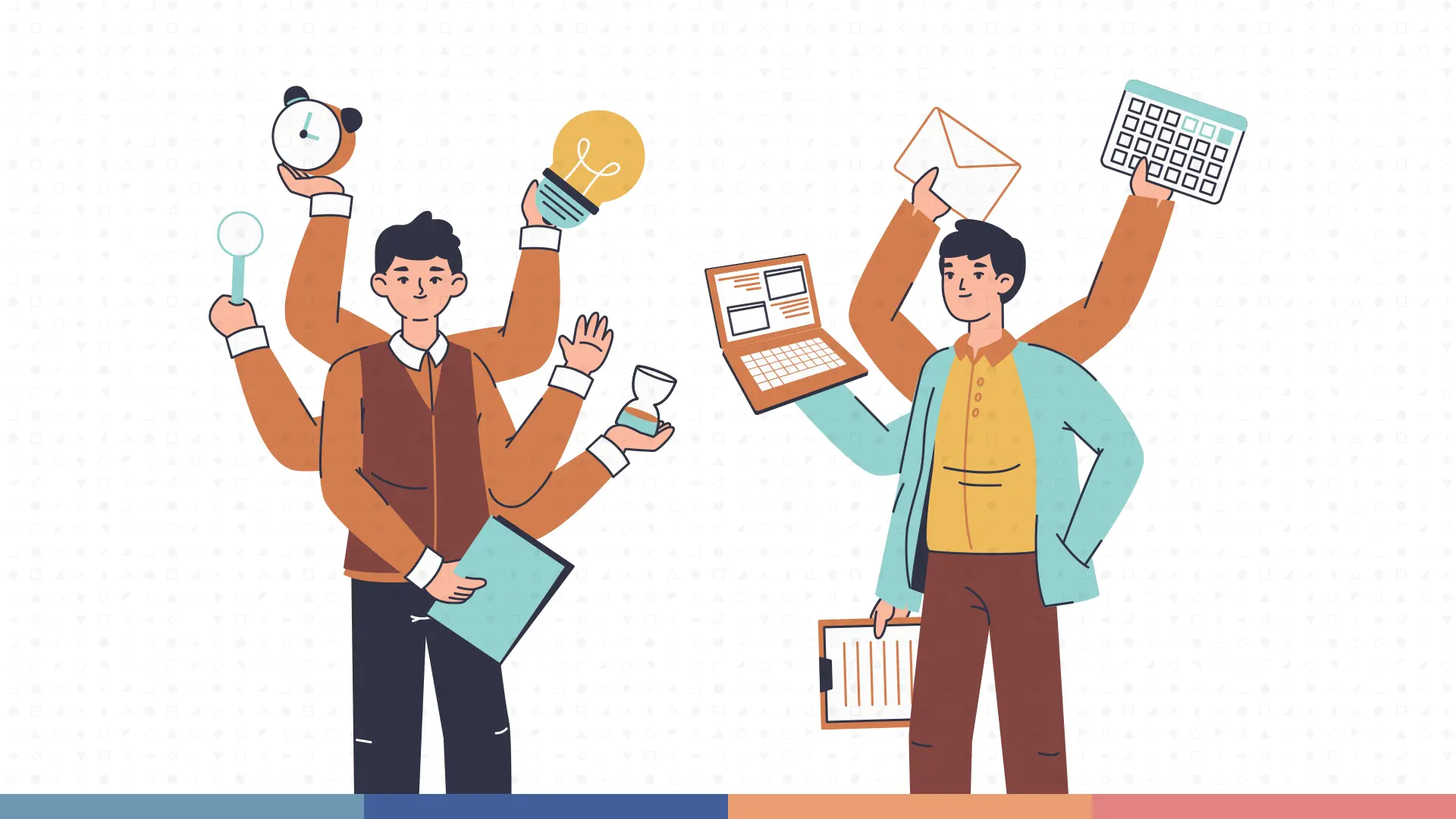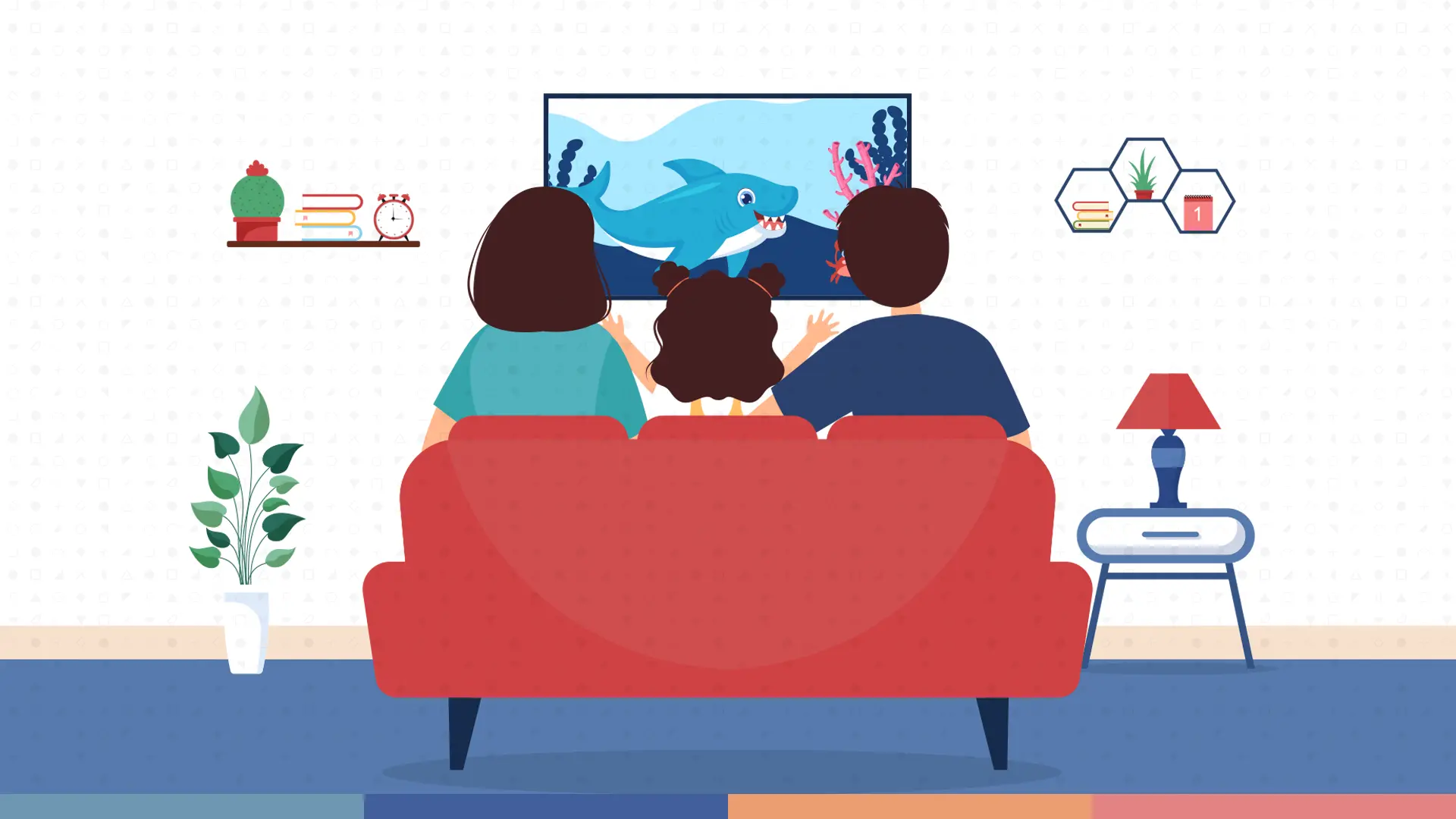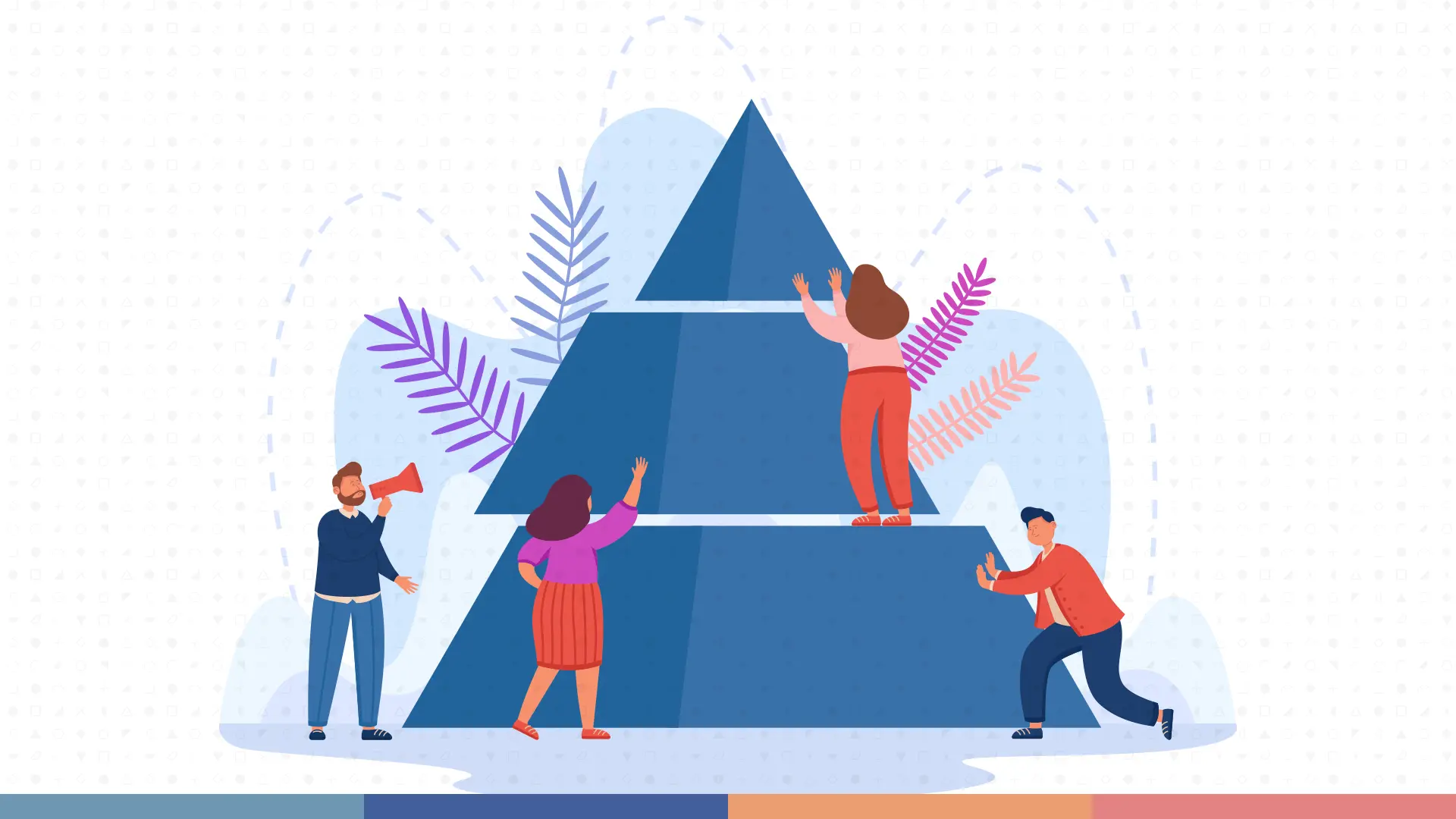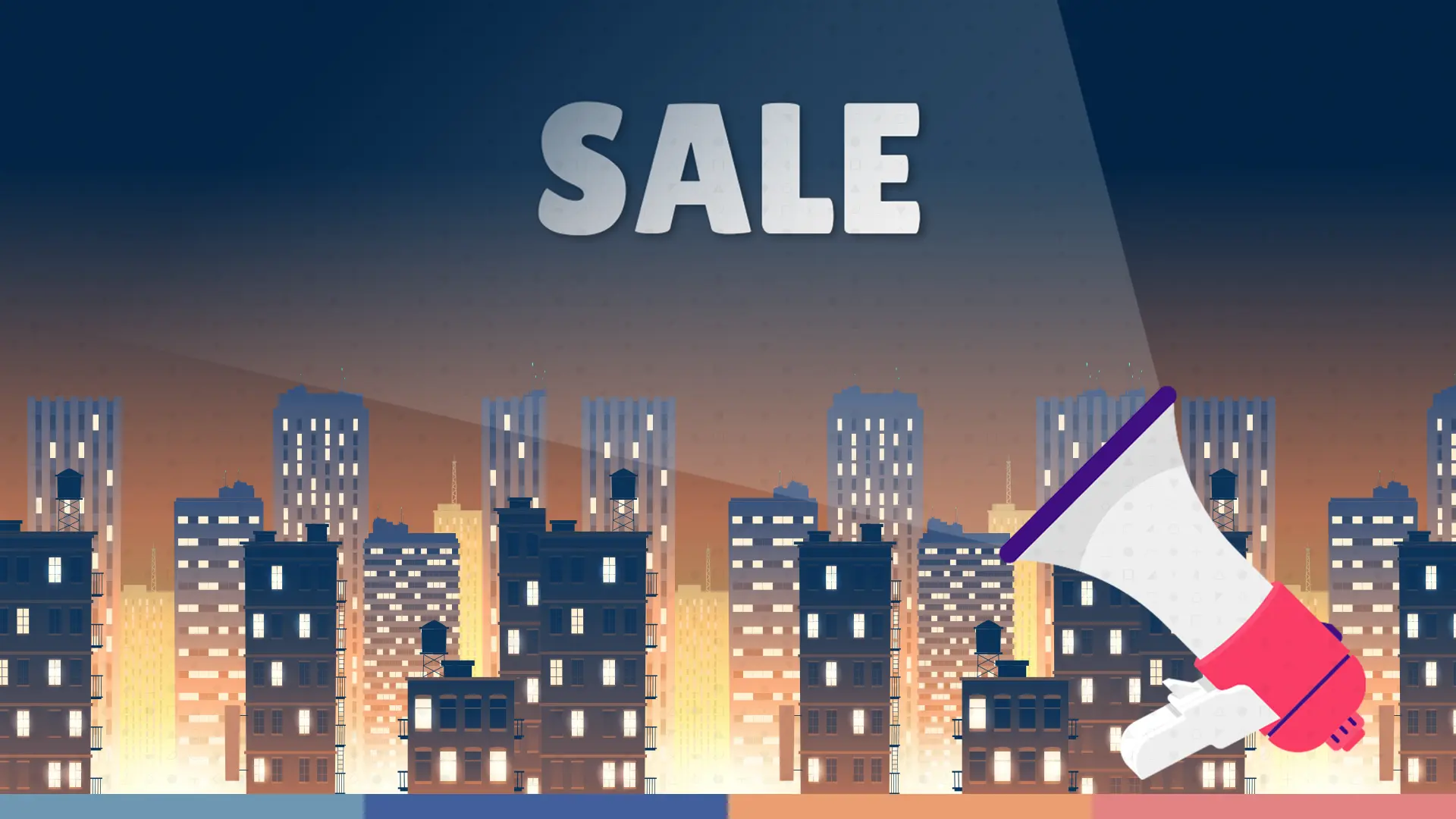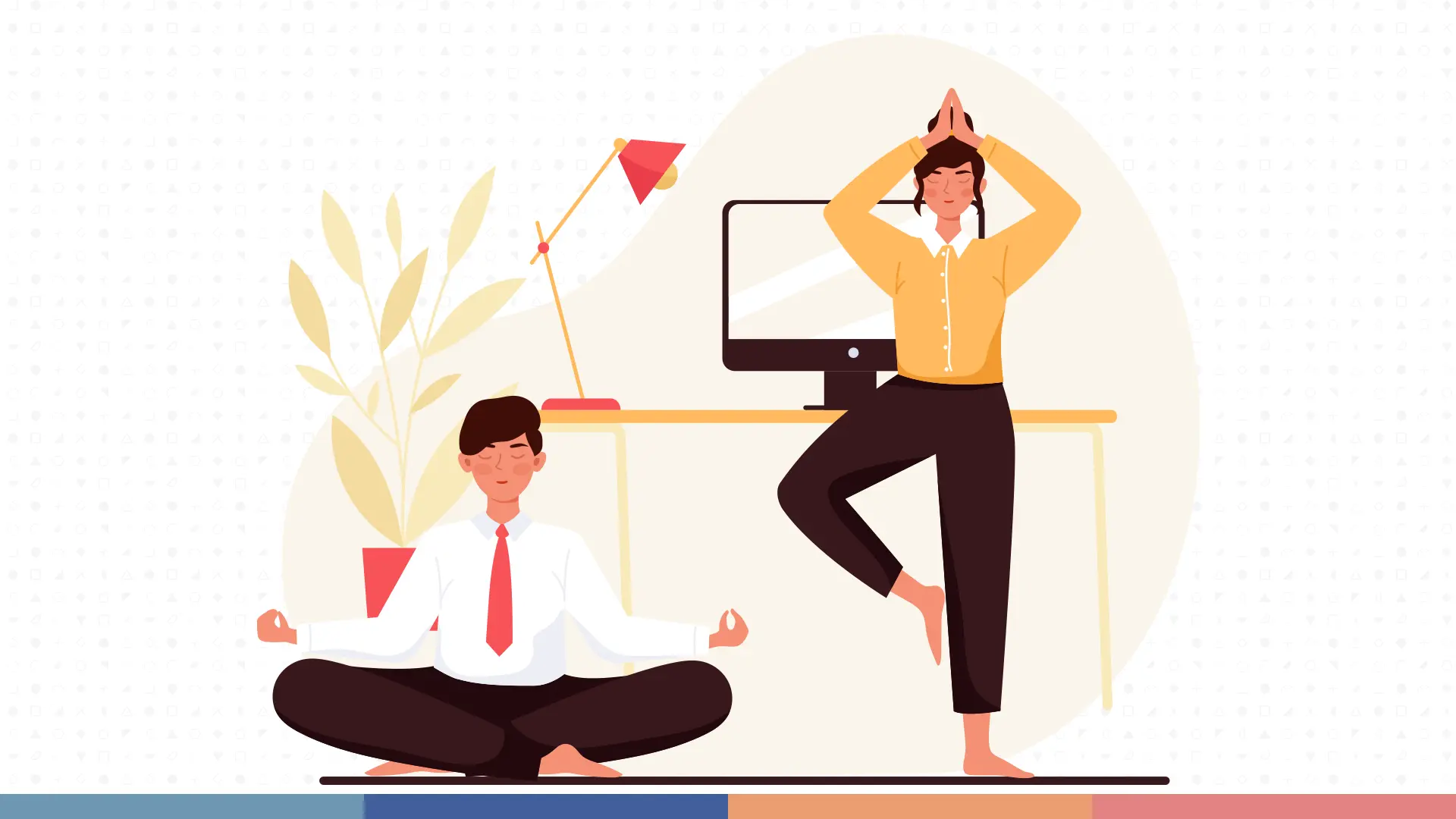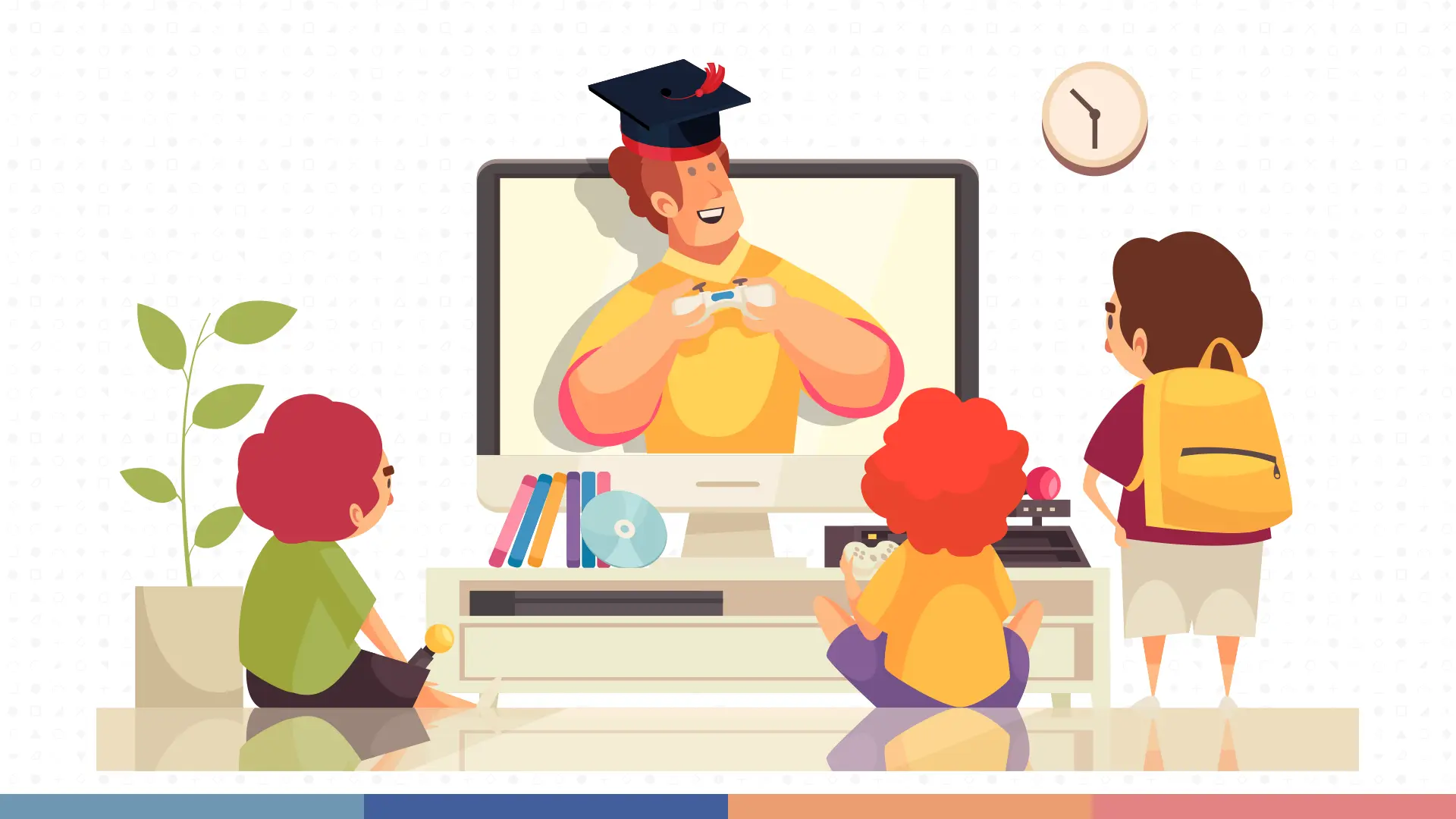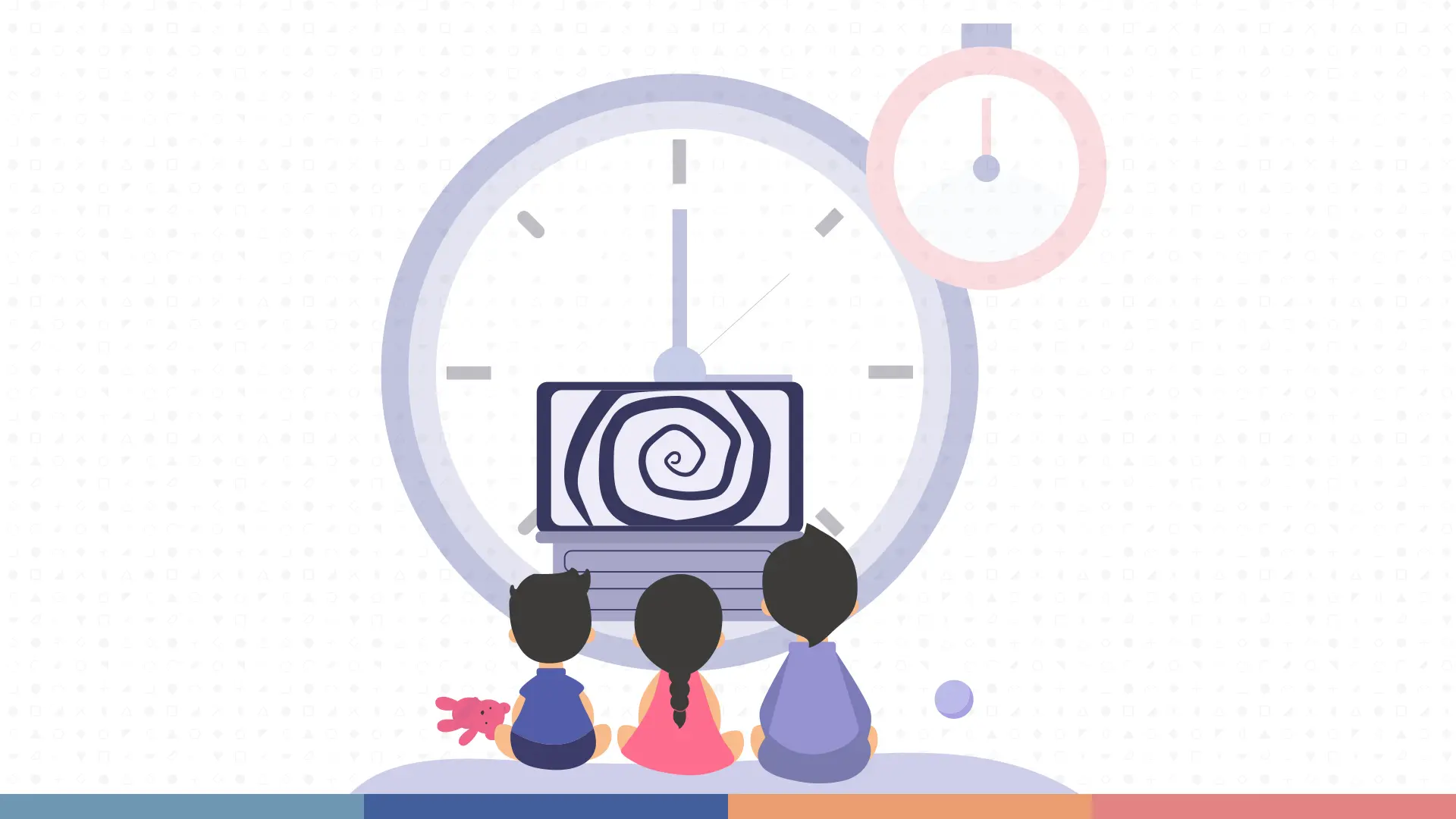Understanding Game Design in Gamification

In the ever-evolving landscape of engagement strategies, gamification stands out as a powerful tool that leverages game design elements in non-game contexts to enhance user engagement, motivation, and loyalty. Understanding the fundamentals of game design within gamification is crucial for businesses and institutions looking to implement these strategies effectively. This article delves into the core aspects of game design in gamification, supported by research and expert insights, highlighting how Level Up powered by Agate can assist organizations in harnessing this dynamic tool for various objectives.
The Essence of Game Design in Gamification
Core Game Mechanics
Game design in gamification focuses on the integration of core game mechanics such as points, badges, leaderboards, challenges, and progress tracking into traditional processes. As outlined in the ‘Game Design Principles Usable in Gamification’, these elements are crucial in creating an engaging experience that encourages user participation and commitment By understanding these mechanics, businesses can craft experiences that resonate with their audience, driving desired behaviors and outcomes.
User Engagement and Motivation
Effective game design taps into intrinsic and extrinsic motivation factors. Intrinsically, gamification should foster a sense of autonomy, competence, and relatedness, enhancing user satisfaction and sustained engagement. Externally, tangible rewards such as discounts, freebies, and public recognition can serve as additional motivators. According to MDPI research, designing gamification with a balanced approach to motivation is key to its success in educational and business settings.
Personalization and Adaptability
A one-size-fits-all approach does not work in gamification. Personalization is essential, as highlighted in the research by MDPI. Gamification strategies should be adaptable to the specific needs, interests, and behaviors of the target audience. This customization enhances the relevance and effectiveness of the gamified system, making it more likely to achieve the intended objectives.
Key Elements of Game Design in Gamification
Game Mechanics
Game mechanics refer to the rules and systems that govern the game. In gamification, game mechanics are used to create a sense of progression and achievement. For example, a gamified loyalty program might use points and badges to reward customers for repeat purchases.
Game Dynamics
Game dynamics refer to the interactions and relationships between players and the game environment. In gamification, game dynamics are used to create a sense of community and social interaction. For example, a gamified social media platform might use leaderboards and challenges to encourage users to engage with each other.
Game Aesthetics
Game aesthetics refer to the visual and auditory elements of the game. In gamification, game aesthetics are used to create an immersive and engaging experience. For example, a gamified educational platform might use interactive simulations and animations to make learning more enjoyable.
Strategic Implementation of Game Design in Business
Enhancing Training and Development
Gamified learning environments use game elements to make education and training more engaging and effective. By simulating real-life scenarios and incorporating competitive elements, employees are more likely to absorb information, apply new skills, and revisit the material.
Boosting Marketing Efforts
Gamification can significantly amplify marketing campaigns by increasing user engagement and content virality. Implementing game mechanics in marketing initiatives can drive participation, social sharing, and brand loyalty, ultimately boosting conversion rates and ROI.
Streamlining Recruitment and Assessment
For recruitment, gamification can transform the selection process by creating competitive scenarios that test candidates’ skills and fit for the role. This approach not only makes the assessment process more engaging but also more telling of a candidate’s potential performance.
Level Up Powered by Agate: Pioneering Gamification Solutions
Level Up powered by Agate excels in crafting bespoke gamification strategies that align with organizational goals, whether to enhance marketing, boost learning outcomes, or streamline recruitment processes. Their expertise in integrating sophisticated game mechanics into business operations helps organizations enhance engagement and achieve substantial returns on investment.
Conclusion
Game design is a vital component of successful gamification strategies, transforming standard processes into engaging, motivating, and rewarding experiences. With the expertise of Level Up powered by Agate, businesses and institutions can effectively implement gamification to meet diverse goals, enhancing both user experience and organizational outcomes.
Frequently Asked Questions
Q: How does gamification improve employee training programs?
A: Gamification introduces elements of fun, competition, and reward into training, making learning more engaging and improving information retention.
Q: Can gamification be applied to any industry?
A: Yes, gamification techniques are versatile and can be tailored to suit the unique challenges and dynamics of any industry, from healthcare to education, retail to corporate.
Q: What are the first steps in developing a gamification strategy?
A: The first step is to define clear objectives, understand the target audience, and determine the key behaviors to be encouraged or changed. Then, partnering with a skilled gamification developer like Level Up powered by Agate is crucial.
Q: How do you measure the success of a gamification strategy?
A: Success can be measured by specific metrics such as user engagement levels, completion rates, performance improvements, and ultimately, how well the gamification meets its defined objectives.
If you are interested in learning more about gamification and how it can benefit you or your organization
Check out our gamification services page and contact us today. We are ready to help you create a gamification experience that aligns with your needs and preferences.
- All Posts
- All
